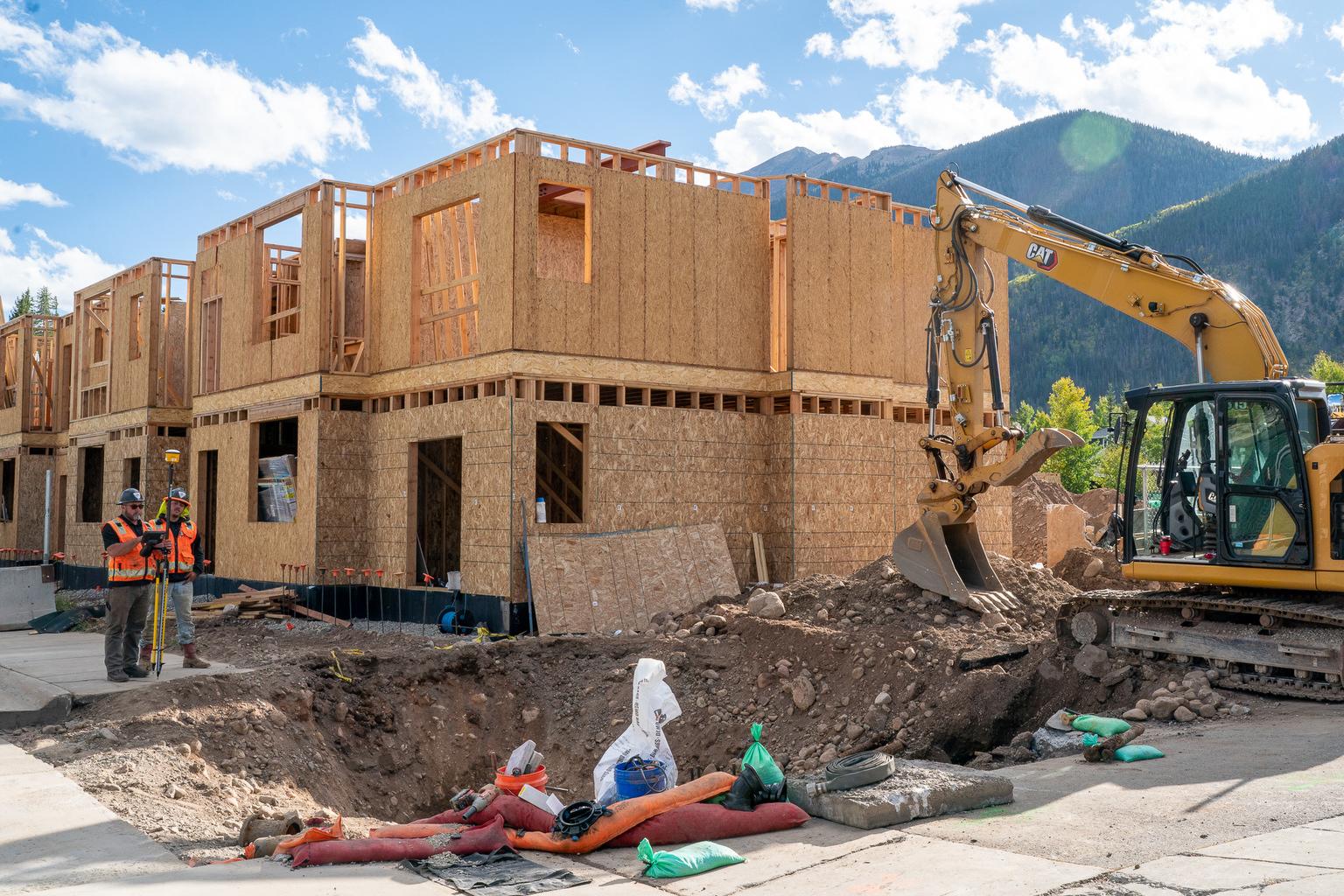
Weather forecasters recently predicted the rough path of Hurricane Matthew, using models that informed evacuation orders and likely saved lives. Now, the National Oceanic and Atmospheric Administration in Boulder can make the same sort of local predictions for space weather. Like hurricane models, the framework aims to give people advance warning if they’re in the path of a solar storm.
And make no mistake: space weather isn’t some sci-fi threat. It refers to the fluctuations in charged particles and magnetic energy coming from the sun. In 2012, a massive solar burst of plasma missed the earth by just a few days in its orbit. A direct hit could have undone decades of technological progress. Radio signals could have gone to static. GPS systems could have blinked out. Energy from the storm might have overwhelmed entire power grids, leaving millions of people without light, heat or water.
The forecast model, which is publicly available online, will allow NOAA to warn specific areas of an incoming solar storm That way, grid operators can step down power systems to safe levels. Howard Singer of NOAA’s Space Weather Prediction Center joined Colorado Matters host Nathan Heffel to explain these recent advances in the galactic battle against space weather.
More Related Content:









